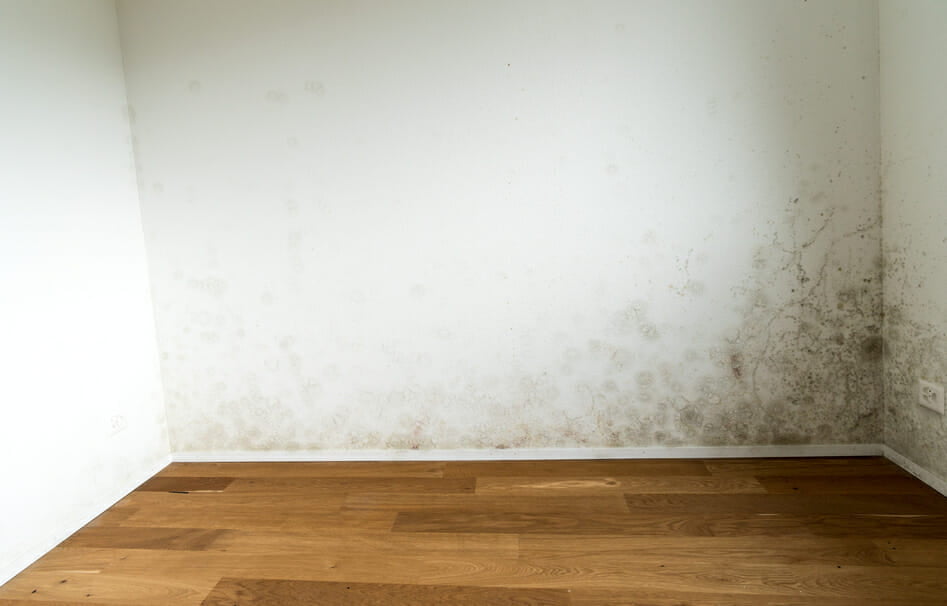Oh No Mold!

There are a few things we are always watching for when house hunting, or even just with home ownership. Mold is one of them. We can find mold in a few areas; attics, basements, bathrooms, windows and even cold cellars. In some cases there is a remedy you can do yourself, others we need to call in the professionals.
We can sometimes confuse mildew for mold. Mildew is a white or grey patch growing on a moist area and one can easily clean it up with a store bought cleaner and scrub brush.
There are many different types of mold that you can find in your home. Cladosporium, Penicillium, Aspergillus, Alternarnia, Auerobasidium, Stachybotrys Chartarum are to name some of the types you can find in your home.
Cladosporium is brown, black or green. You will find it in warm or cool locations such as carpets, fabrics, wood or heating/cooling ducts. It is nontoxic to humans but can trigger allergic reactions.
Penicillium is a fuzzy blue, green or yellow. This mold is evident especially when there has been water damage under carpets, in basements and insulation.
Aspergillus is a powdery appearance and is green, grey or white with dark spots. This particular mold does not require much ventilation and is an allergenic. It flourishes on fabrics, walls basements, attics and even some dry food.
Then there are few molds that are not common in homes but can be found depending on certain conditions. Alternaria is fuzzy white with black spots, you can see it on fabrics or wallpaper, around window and air conditioners and also around bathroom or kitchen sinks.
Aureobasidium is pink in colour with black spots. You can usually find this mold on walls, caulking, and grout.
Stachybotrys chartarum is also known as Black Mold. This mold is greenish black in colour and you can find it on gypsum, fiber board and paper.
Trichoderma at first appearance is a creamy white colour; but, once it starts to release spores, the colour changes to green. You can find this mold on windows, wood and sinks.
Mold can give off an earthy, musty smell and it will continue to grow if not taken care of. Once you have determined that it is mold you could try to remedy it yourself. If it’s not a large amount, treat the area with a biocide and disinfectant. When you are ready to clean it up, be sure to use all the safety products recommended; gloves, safety glasses and mask. If it’s on something that one can remove like drywall or carpet; and, you have discarded the item and cleaned the area, it’s a good idea to set up fans to help dry it out.
For larger areas you want to call in a professional. If you not sure about how to remedy the mold in general or are uneasy about it, the cost of a professional might be worth the reassurance that it is gone. Some of these molds can have a negative effect on our health. WinMar Property Restoration and Highland Restoration DKI are a couple of local companies that work with mold.
Dehumidifiers and regular cleaning and maintenance of areas likely to collect moisture will help reduce the mold found in your Grand Valley home.

